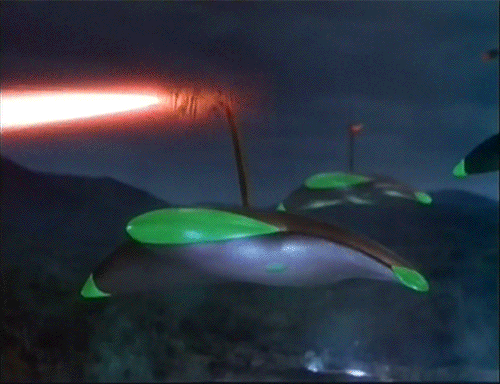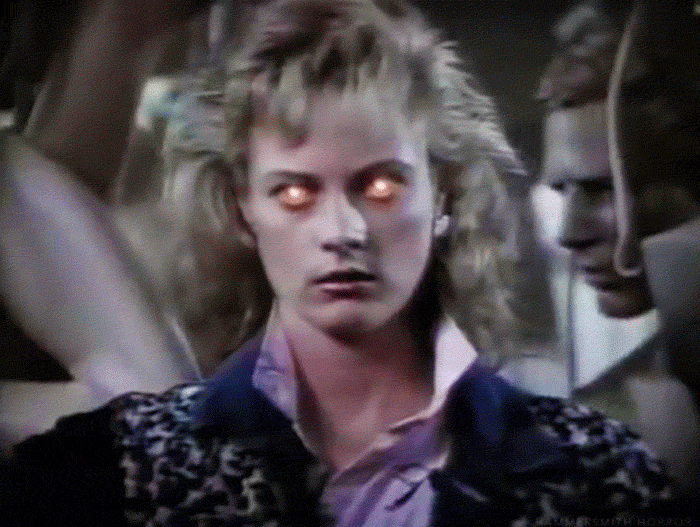God Mazinger is a Japanese comic book from the 1980s by Go Nagai that is a part of a long-running series, though it may easily be the most bizarre, creative, and entirely off-model, showing the influence of the American author, Edgar Rice Burroughs. A young boy from modern day Japan is transported back in time to the ancient prehistoric lost continent of Mu, where he has to defend an extremely bosomy princess from an invading empire, who uses forces made of still living giant dinosaurs.


The origin of the giant robot in this series is fascinating. Mu was the first civilization created when men were expulsed from the Garden of Eden into the primeval, prehistoric world. I can’t help but think that God was excessively harsh in sending the first people into a landscape with terrifiying giant dinosaurs. Either way, to atone for this, God left a statue of himself, a hundred feet tall, that would protect the first human civilization from monsters and dinosaurs. But according to the Prophecy, it would activate only when a Marty McFly/Luke Skywalker type boy protagonist from 20th Century Japan arrived to use his soul to awaken the giant statue, which becomes a robot with a giant sword.































